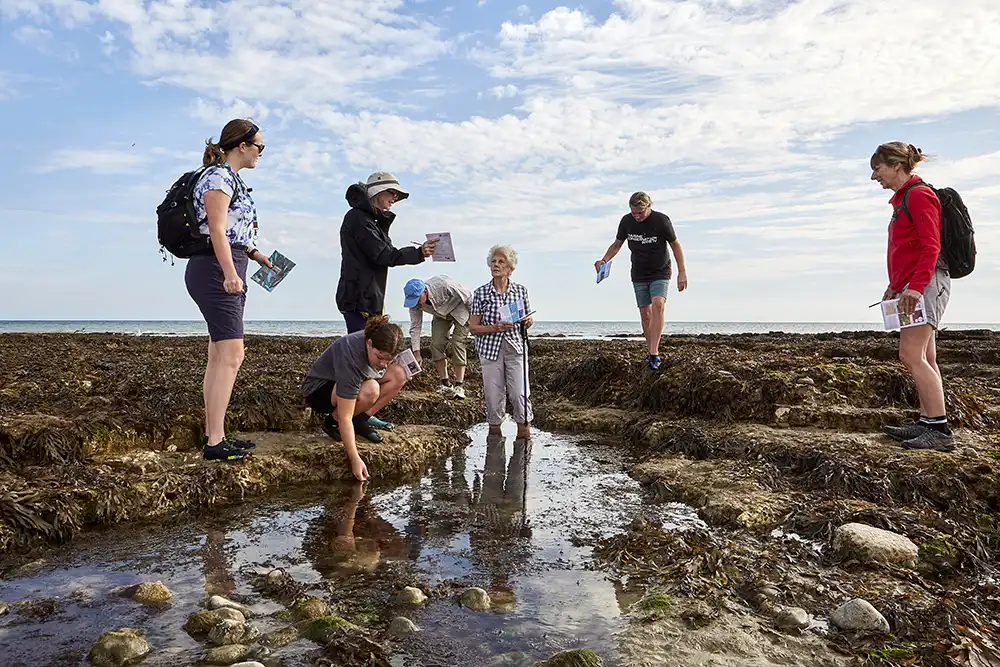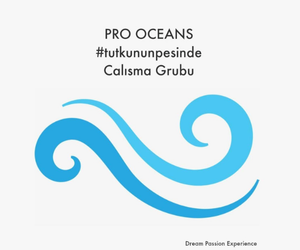The Marine Conservation Society (MCS) and Natural History Museum’s Big Seaweed Search is set to return for 2025, as the two organisations call on citizen scientists to head to beaches in the UK between 26 July and 3 August to identify different types of local seaweed.
Understanding the distribution of different seaweed species helps scientists map and document changes to coastal environments.
Data collected by projects such as the Big Seaweed Search is collated and studied so that policymakers can be better informed about the decisions needed to help protect coastal environments.
‘Seaweed plays a really important role in keeping our ocean healthy,’ said Anna Bunney, MCS Citizen Science Programme Developer. ‘There’s still a lot we don’t know, and that’s where the Big Seaweed Search comes in.
‘The more people join in, the better we can understand what’s happening beneath the waves and how to safeguard our seas for future generations.
‘The great thing is, anyone can take part – you don’t need to be an expert or live near the coast. Just one trip to the beach is enough to help out. It’s a brilliant, easy activity for families or friends to enjoy together, while also supporting vital research.
There are more than 650 seaweed species found around the UK, however, the Big Seaweed Search Week focuses on just 14 of the most commonly found.

This helps the Marine Conservation Society and Natural History Museum map the distribution of particular seaweeds and gather long-term data, which in turn helps measure environmental changes and their potential impact on marine life.
‘The Big Seaweed Search is already shaping important scientific research,’ said Dr Juliet Brodie of the Natural History Museum. ‘Data gathered has contributed to the UK Red List, helping to highlight seaweed species that are vulnerable or under threat.
‘This information plays a vital role in guiding conservation efforts to protect these essential marine species and ensure the health of our ocean for years to come. It’s also inspired similar projects in places like South Georgia and Mexico.’
Taking part in Big Seaweed Search Week is simple and open to everyone who can get to a beach. Surveys can be done solo or in a group, and MCS has produced training videos and an identification guide covering the 14 species being monitored.
Participants will need to be able to take photographs of the seaweeds they find, and results can be submitted online via the Big Seaweed Search portal.
Although the Big Seaweed Search is a dedicated week-long initiative, seaweed spotting data can be submitted at any time year. For more information about the Big Seaweed Search and other citizen science projects, head to the MCS website.
The post The Big Seaweed Search returns for summer 2025 appeared first on DIVE Magazine.




